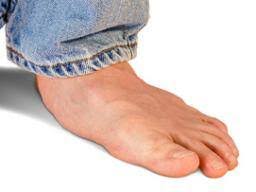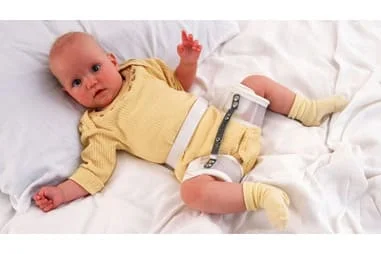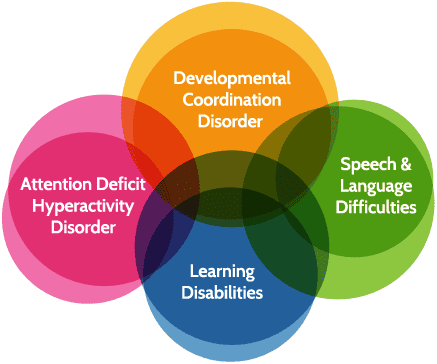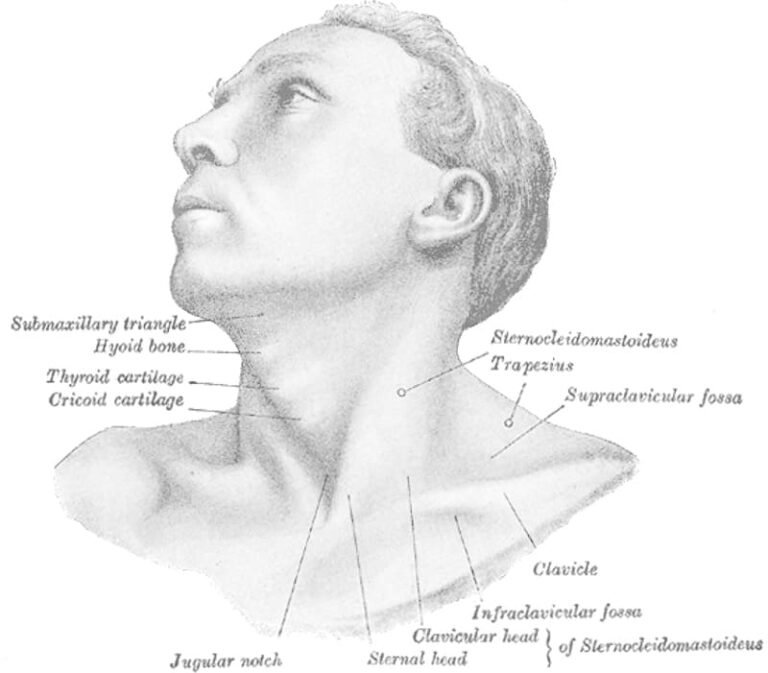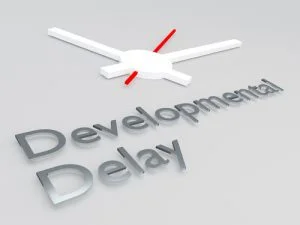Fracture: Type, Cause, Symptoms, Diagnosis, Treatment
What is a Fracture? A fracture is a break, usually in a bone. If the broken bone punctures the skin, it is called an open or compound, fracture. Fractures commonly happen because of car accidents, falls, or sports injuries. Other causes are low bone density and osteoporosis, which cause the weakening of the bones. A…


